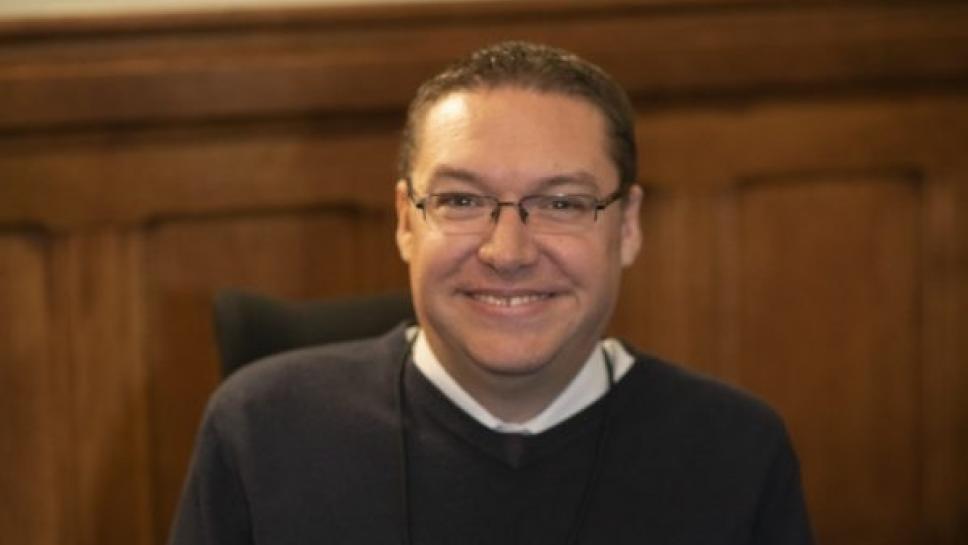
Just before I went to university, I was diagnosed with a condition called limb girdle muscular dystrophy. I vowed to get as much work experience as possible before losing the ability to walk – but, at first, that was easier said than done.
I applied for 30 jobs at bars, clubs and chains, and disclosed my disability on every application. My friends were offered interviews for those same jobs, but I was not.
After registering with an employment agency – which only got paid when people were offered a job – I had better luck. Perhaps they were better placed to argue that my disability wasn’t an issue.
Fast-forward 20 years, and I am the managing director of a family business that employs 65 people. I’ve worked hard to get here, starting off in payroll and IT and moving up through the business.
But there are many disabled people who experience difficulties with finding work. And many continue to face that same discrimination I encountered when applying for jobs all those years ago. The fact of the matter remains there is a huge disability employment gap.
Recent figures show just over half of people with disabilities are employed. For those without disabilities, that leaps to 81.4%. The disparity is there in black and white.
The first step to addressing this is to re-examine what barriers stand in the way today for disabled people trying to find and stay in work. And that’s exactly what Muscular Dystrophy UK’s young group of campaigners, Trailblazers, set out to do in its Employability Policy Project.
Over the course of 18 months, young disabled people and employers shared their experiences. The sessions were anonymous, which meant people were more inclined to talk frankly.
Experiences varied, from participants talking about a lack of reasonable adjustments in the workplace or discrimination at interviews, to inaccessible buildings and misunderstandings. But there were two common themes. The first, from the group of young disabled people: more can, and needs, to be done.
Second, from the employers: that much of the time, the problem isn’t an unwillingness to take on a disabled employee, but a lack of confidence in knowing how to provide adequate support.
It’s encouraging that employers recognise they have a part to play. But now we need to see action. For example, Trailblazers are calling for disability awareness training to be made compulsory in the workplace, and for a national organisation to have overall responsibility. The group is also recommending that applicants should decide when to disclose their disability, and that space should be included on application forms for people to explain their conditions and needs, should they wish to.
For me, personally, I think flexible working is really important, particularly if your condition affects your energy levels. It’s also not always practical to have a lengthy commute when you have mobility problems, and decent, appropriate disabled toilets are a must.
Employers need to be more welcoming for disabled people, and perhaps offer work experience first to make sure it is the right fit. In my experience, they often want to be more inclusive but are worried about increasing costs and adaptations. Work experience can allow a disabled person to get their foot in the door to show their capabilities without commitment on either side. Programmes like Muscular Dystrophy UK’s Moving Up are great, as they provide these opportunities; but I’d like to see more companies running something similar.
I have found the Access to Work scheme incredibly helpful over the years, and have received part-funding for a lift, toilet, electric wheelchair and now a support worker and transport to and from work. Without this, I would find it very difficult. Trailblazers would like to see this programme, which funds essential equipment and adaptions in the work place, to be expanded to include work experience and internships, which disabled people can be excluded from.
We have a way to go. But I hope that, by working together and identifying the problem, we can drive forward the changes that are needed to make the workplace more inclusive for disabled people.
